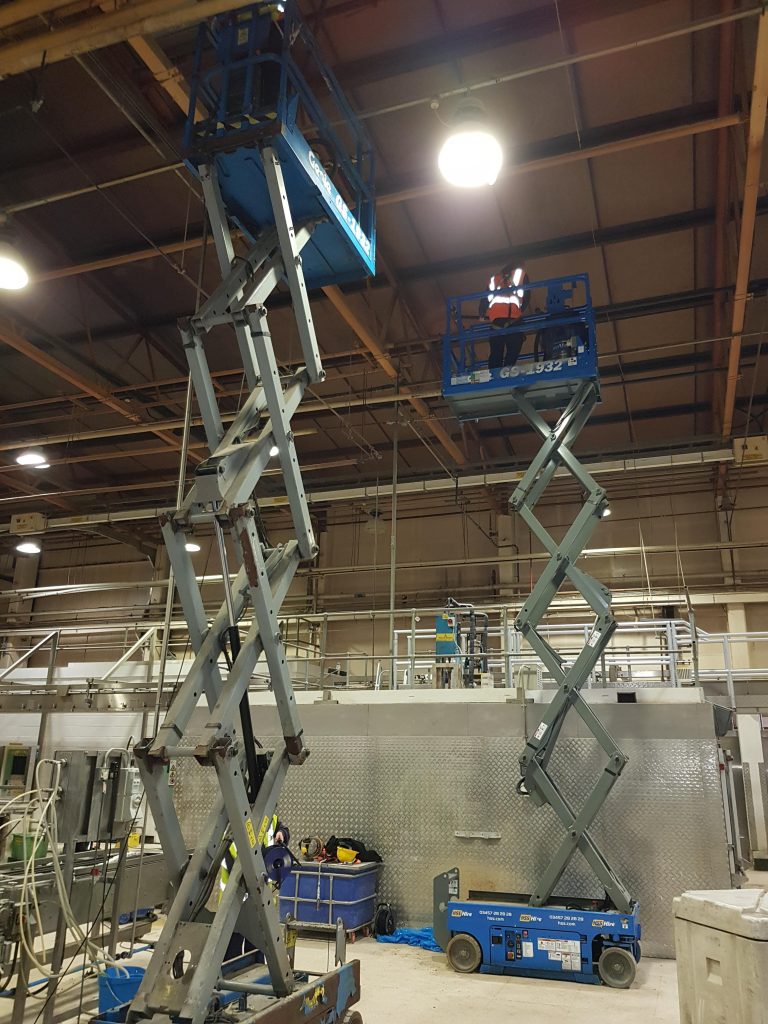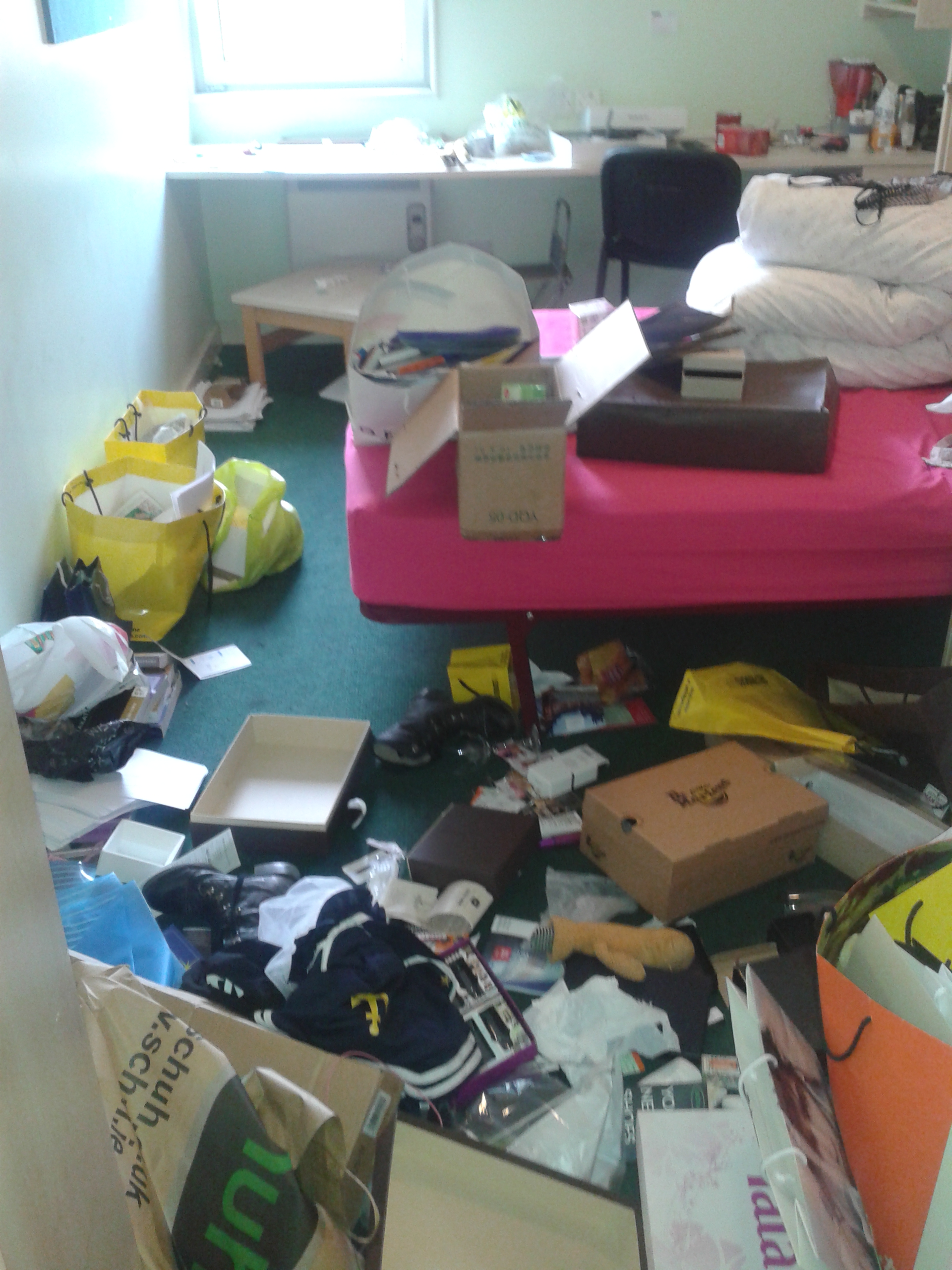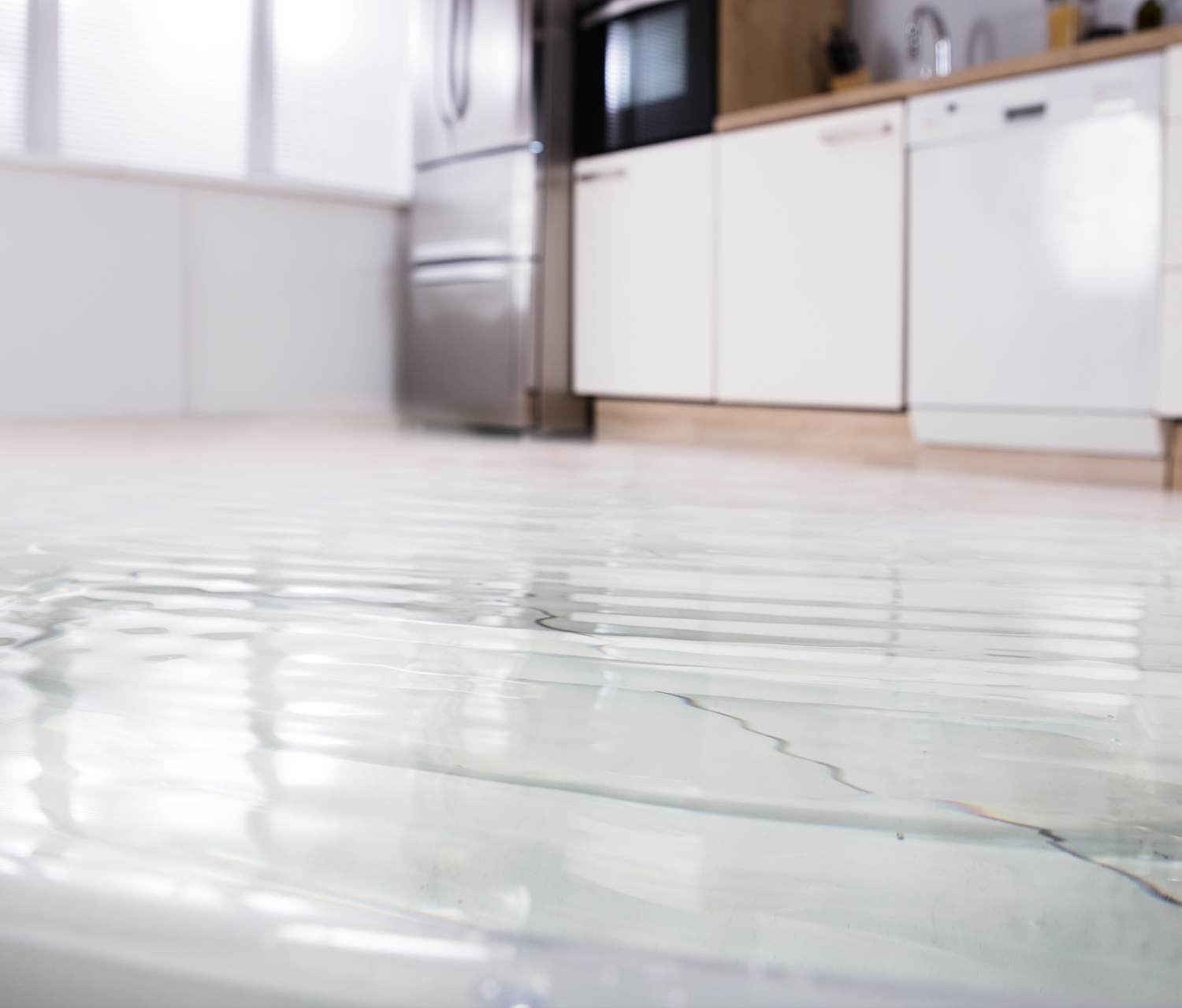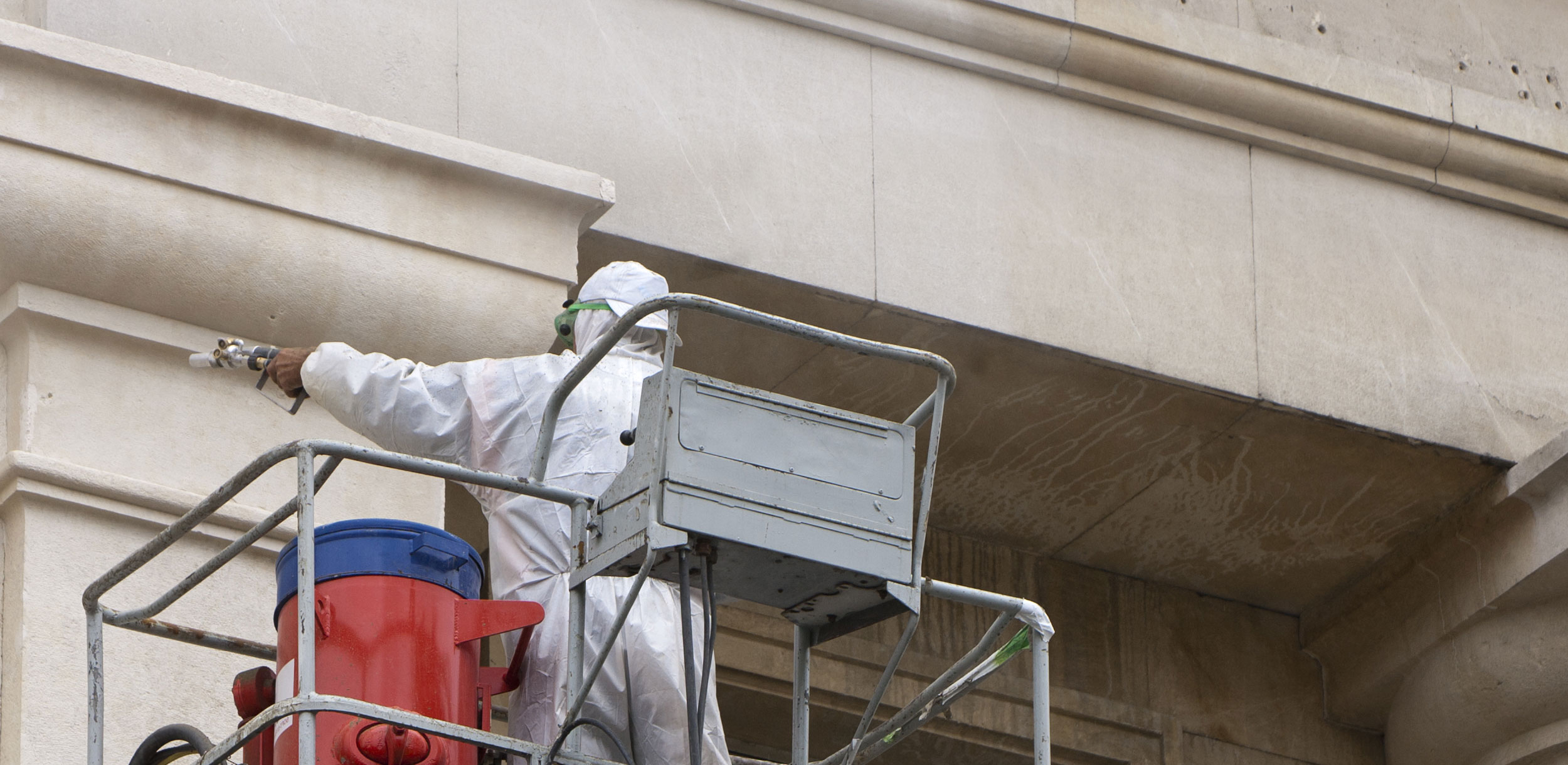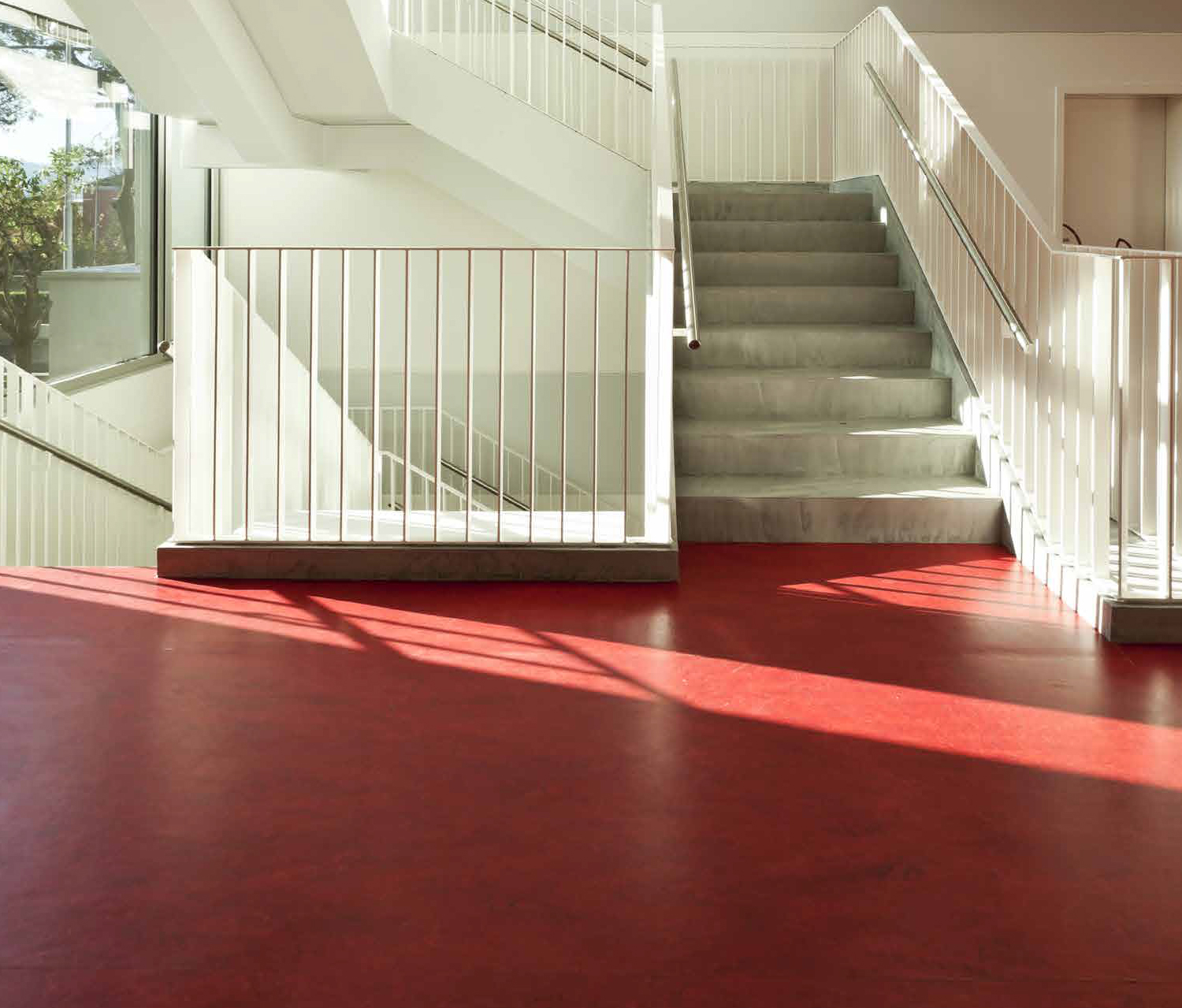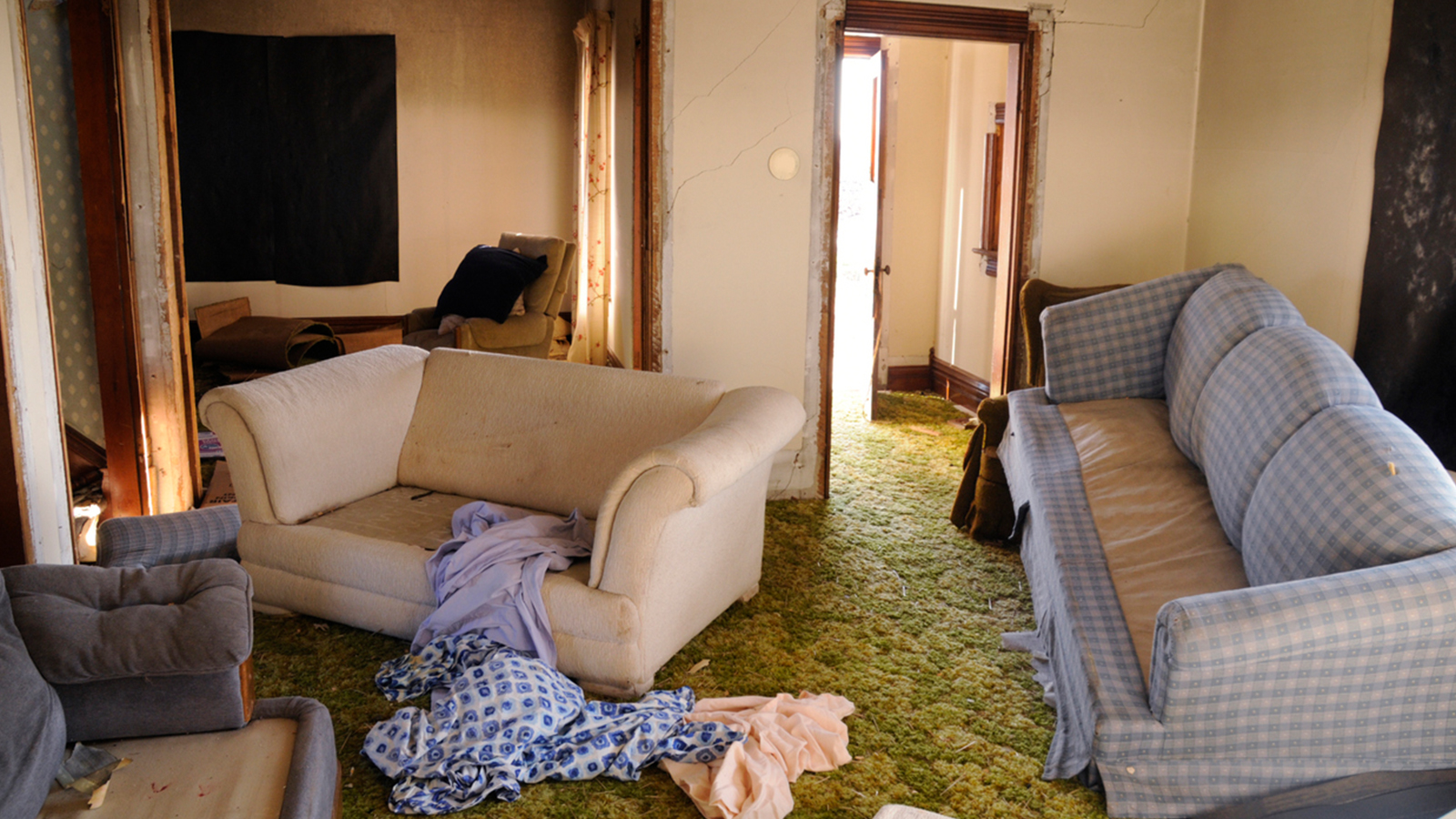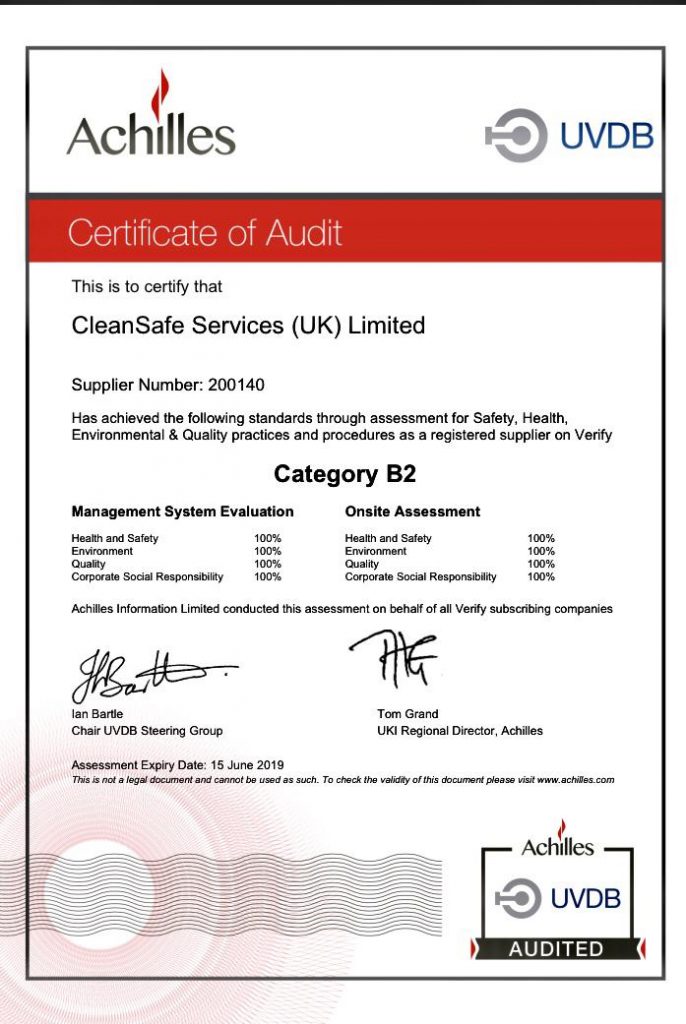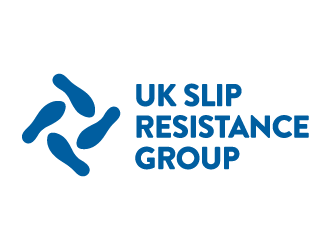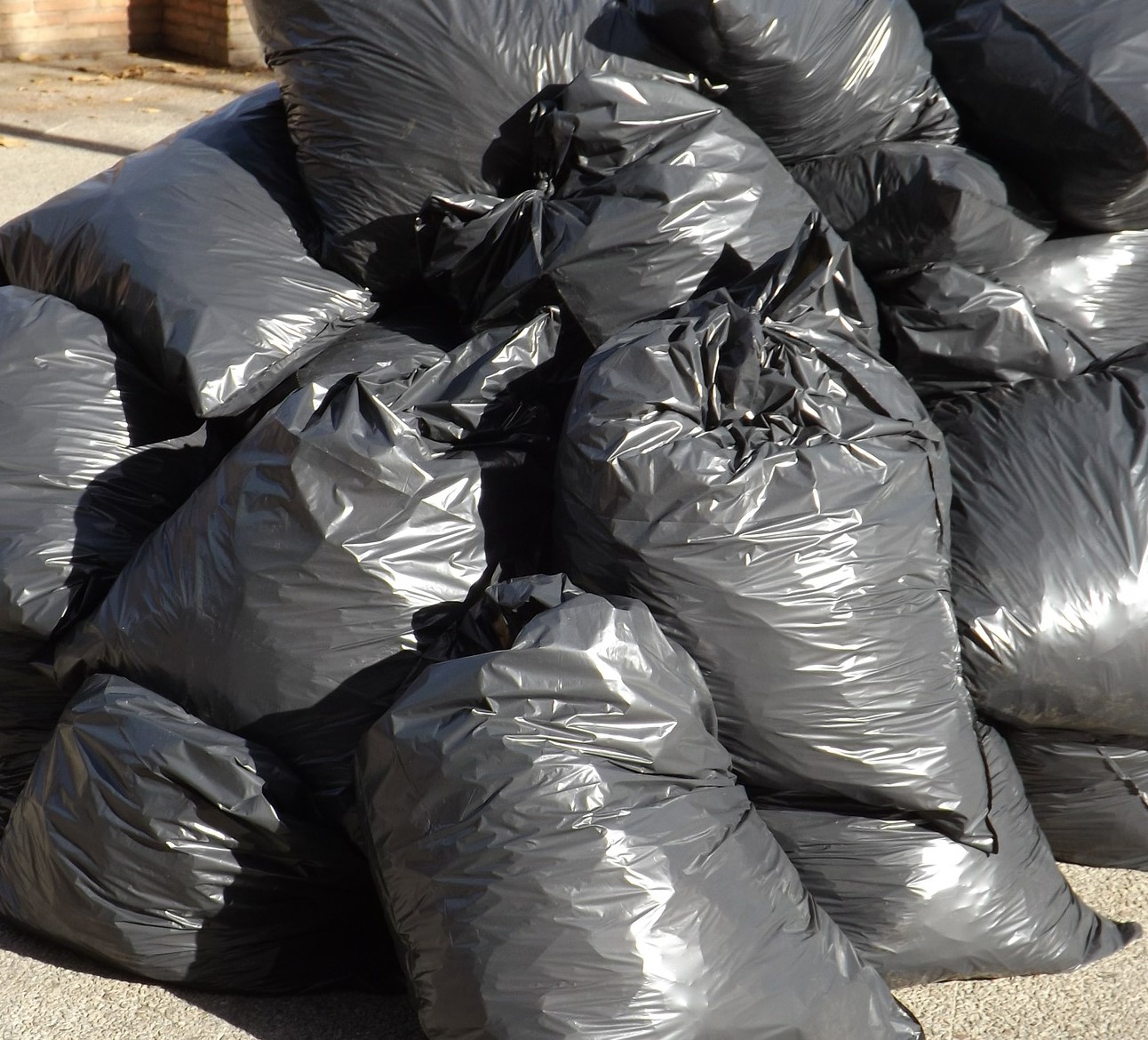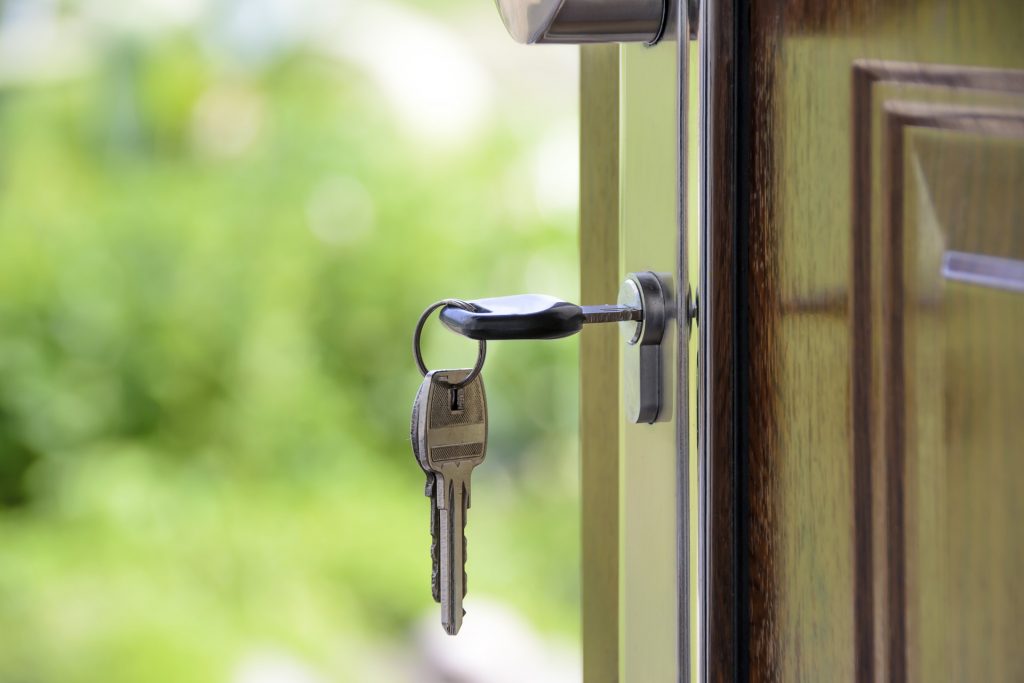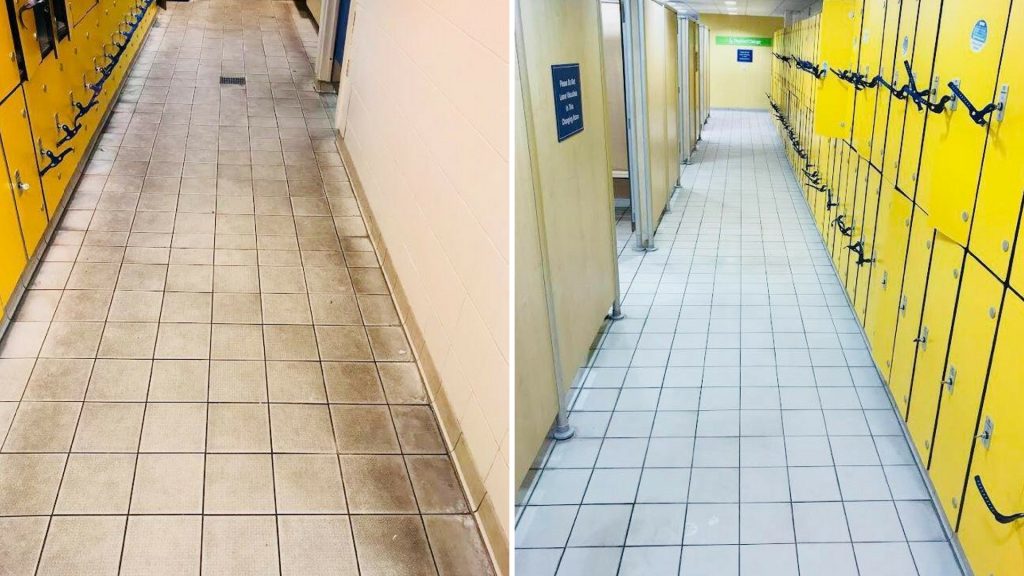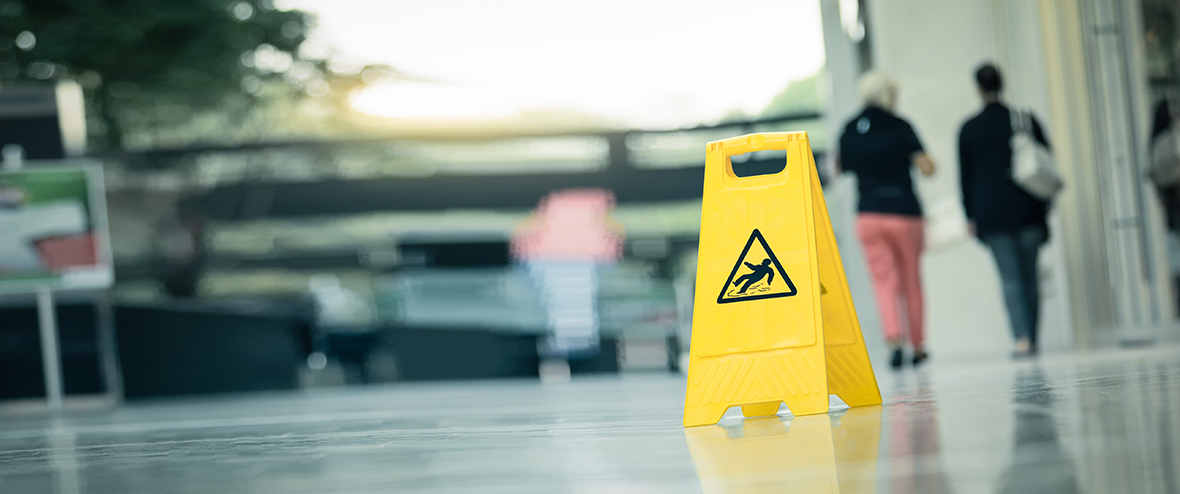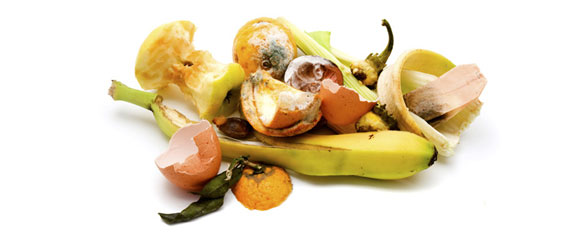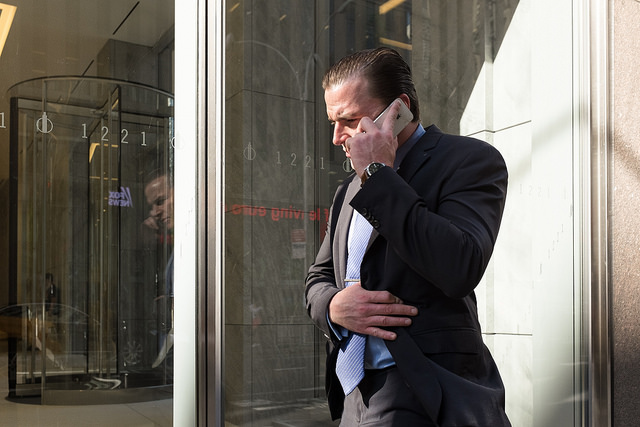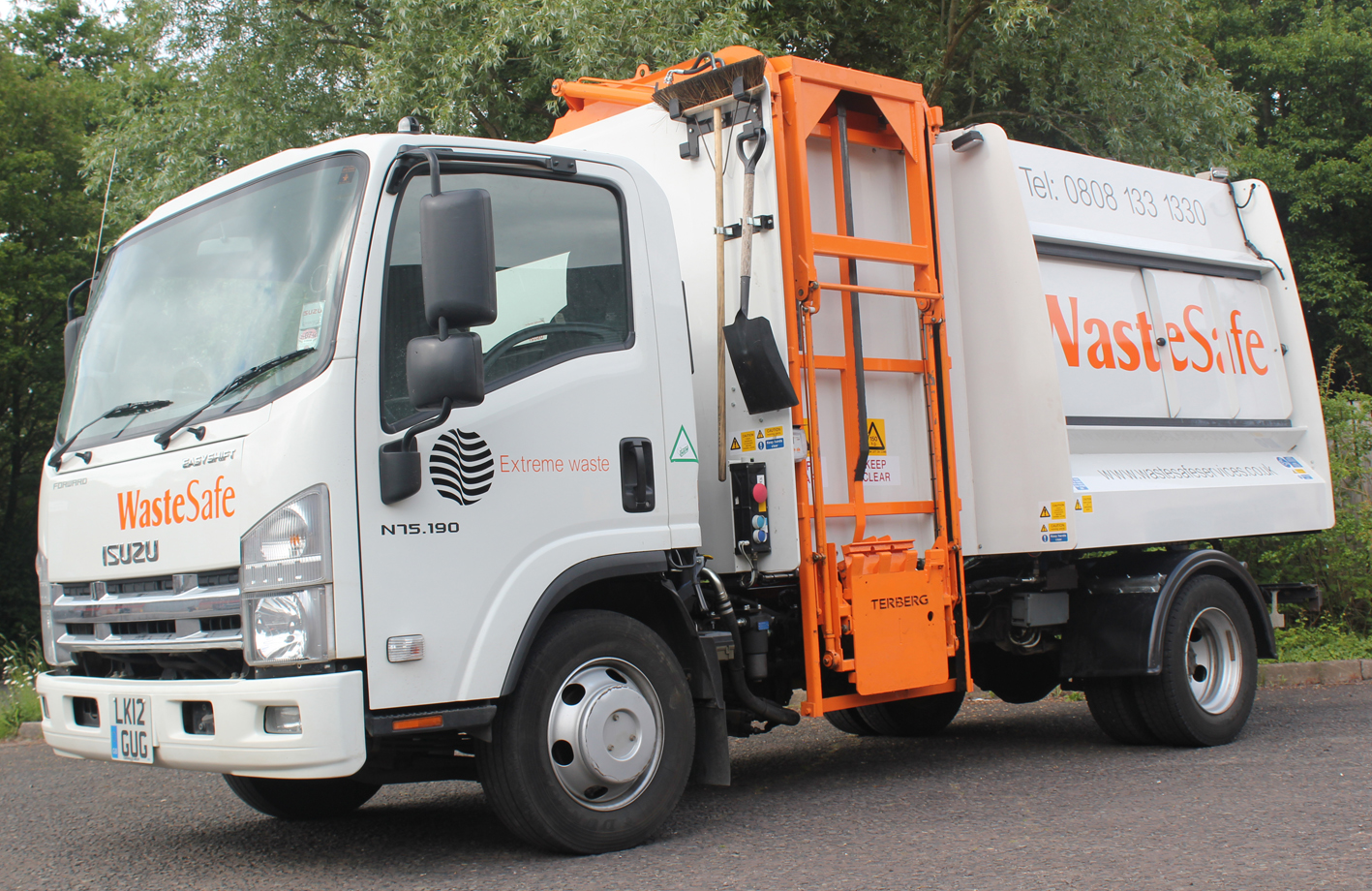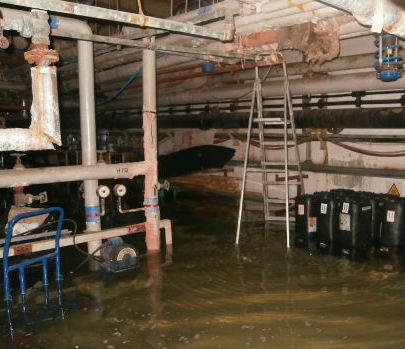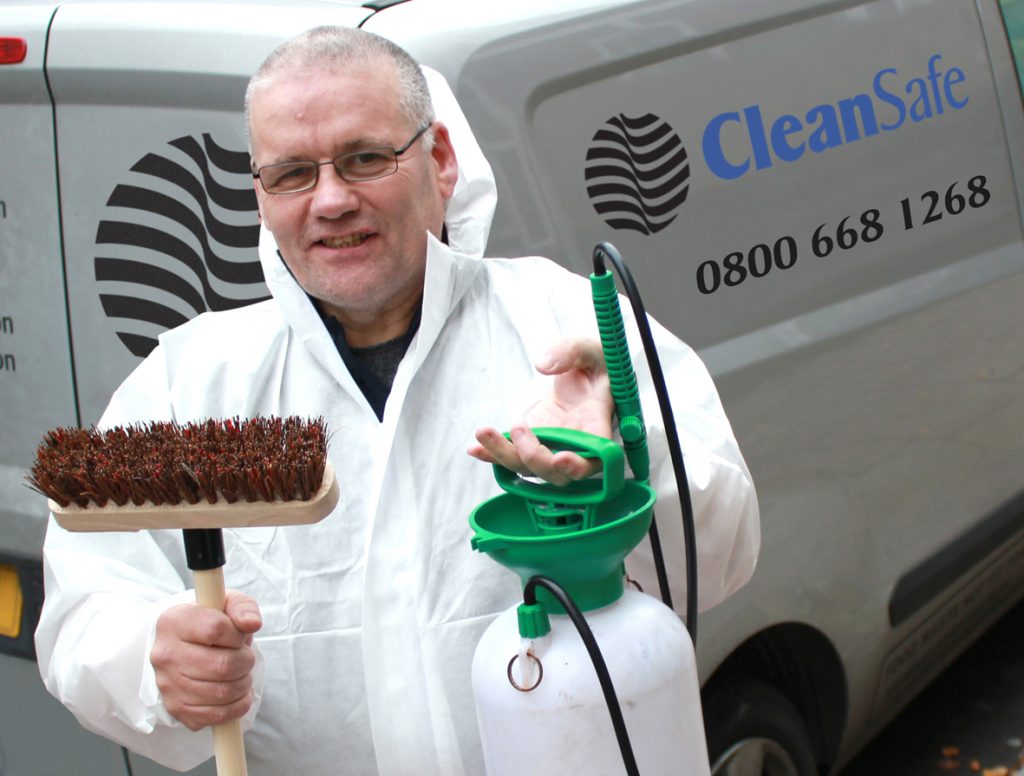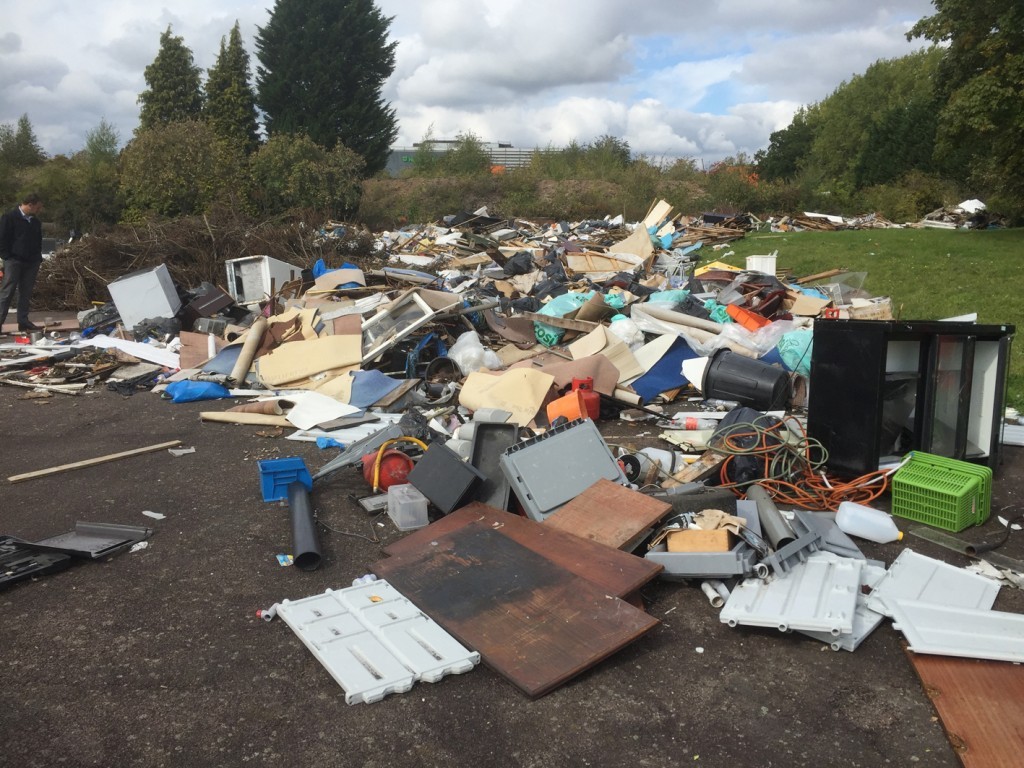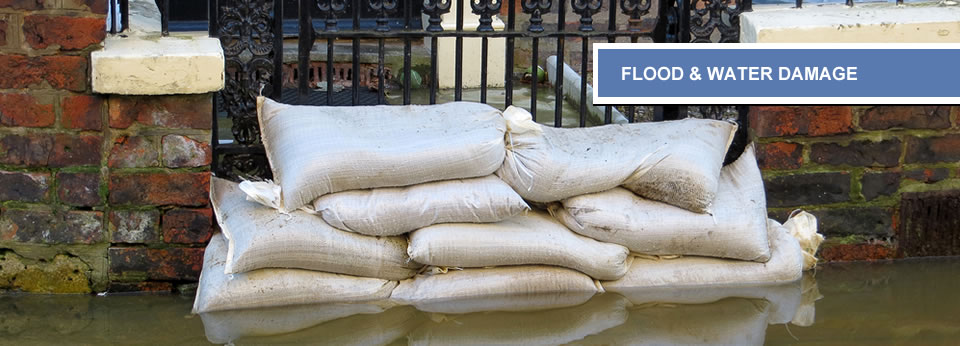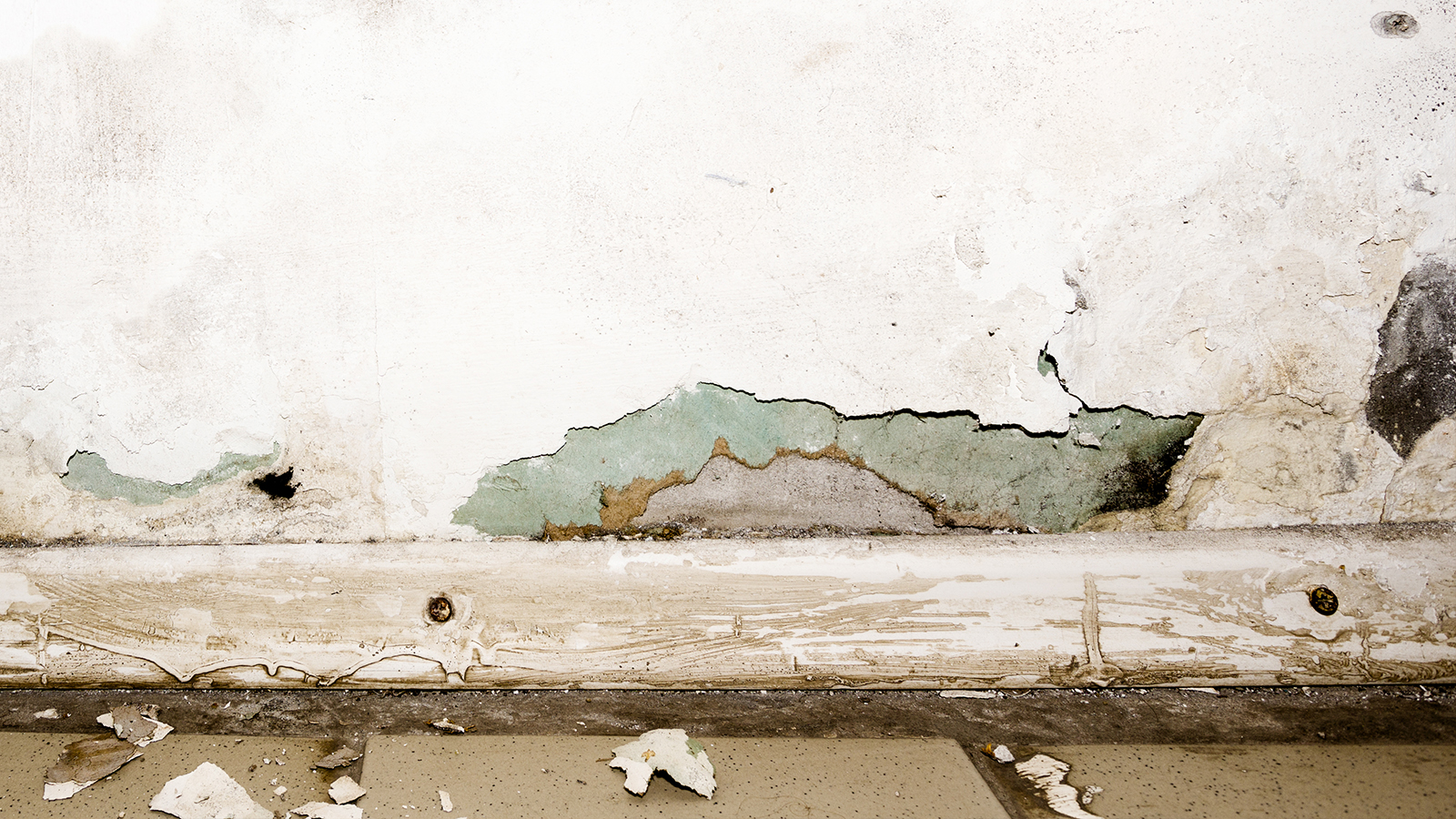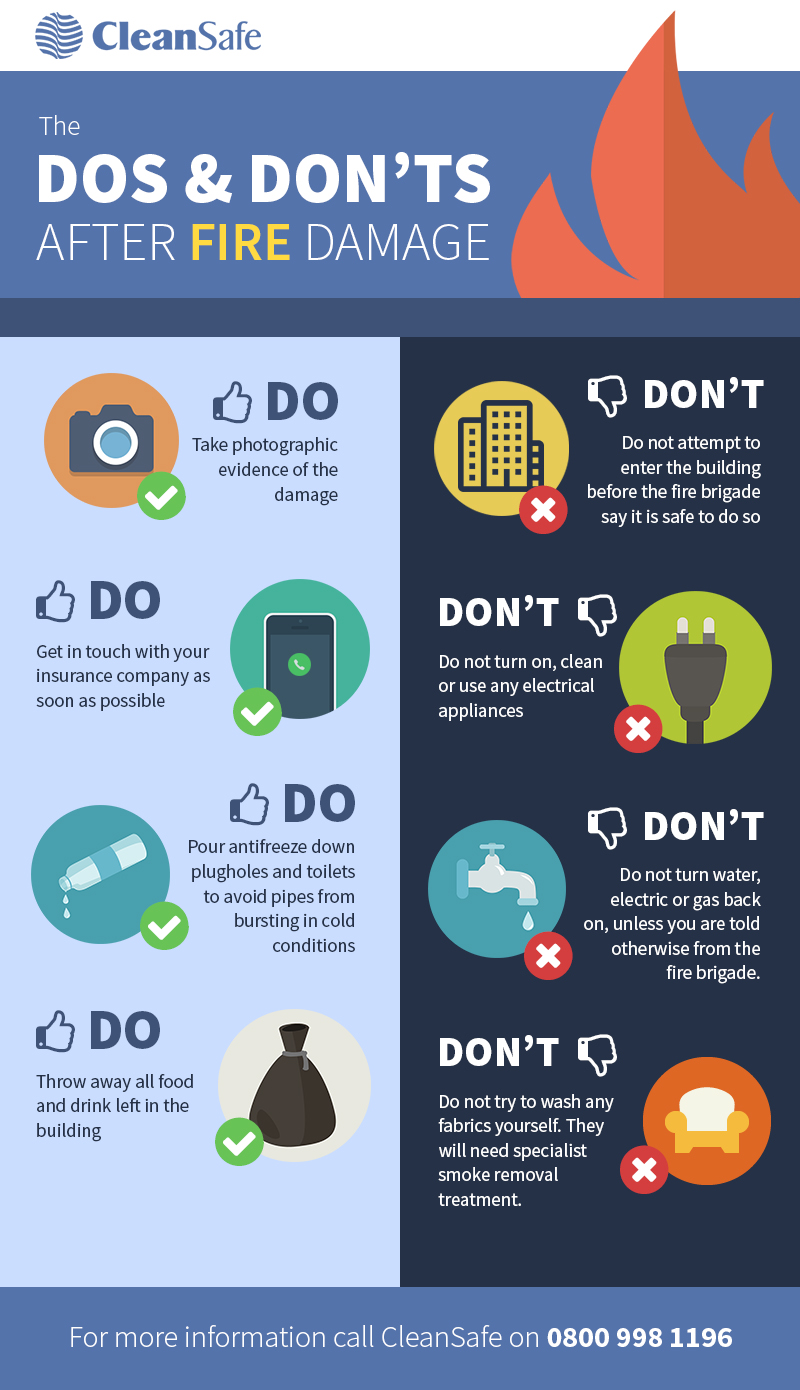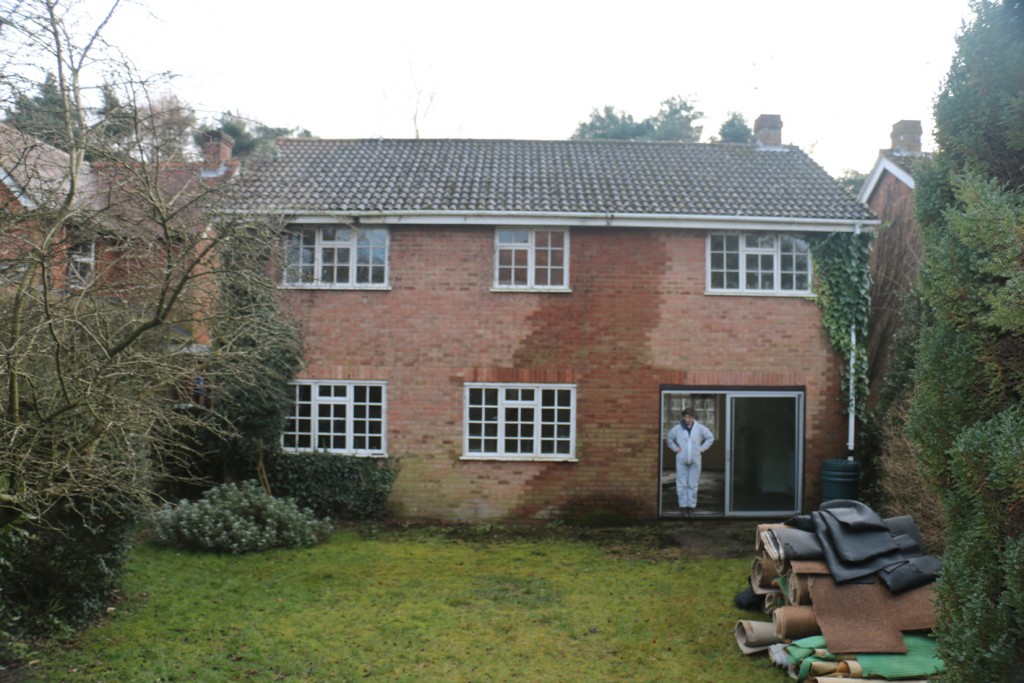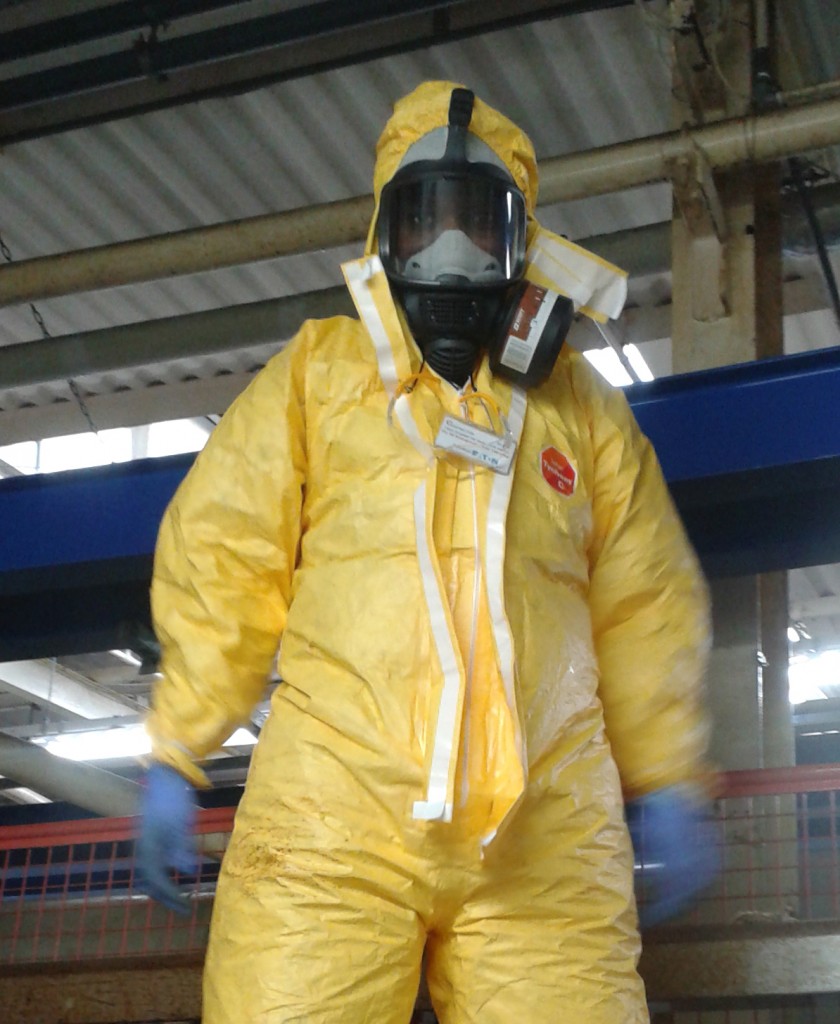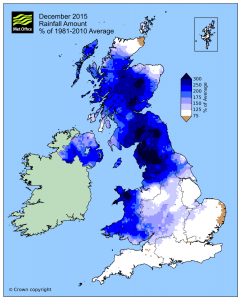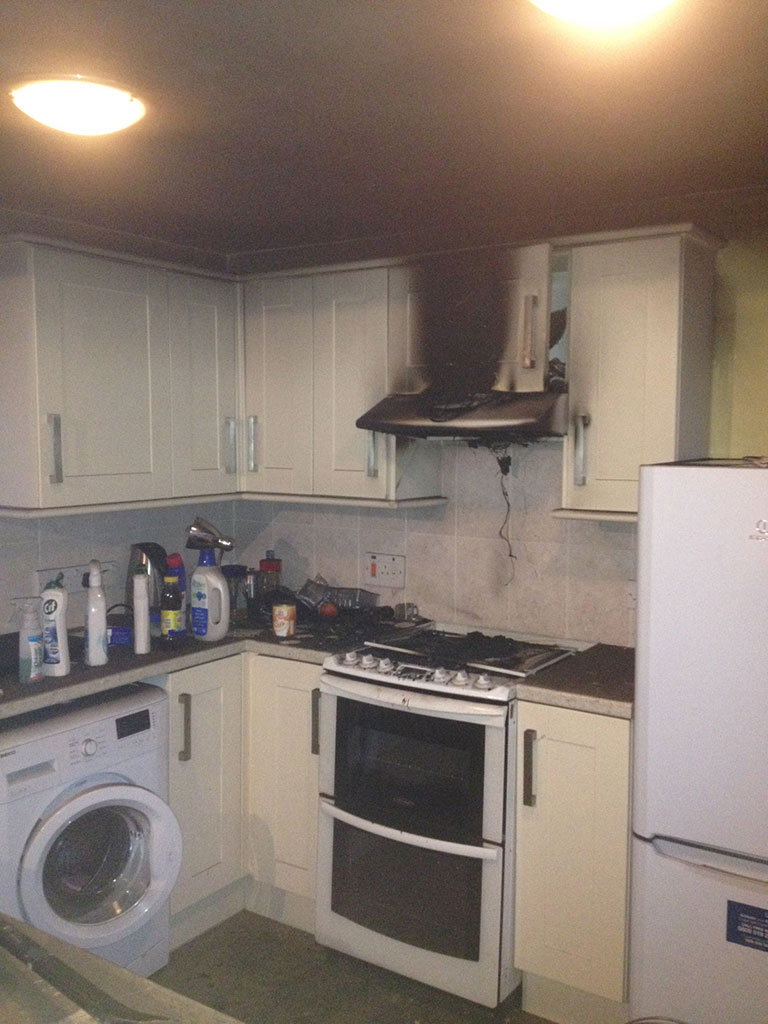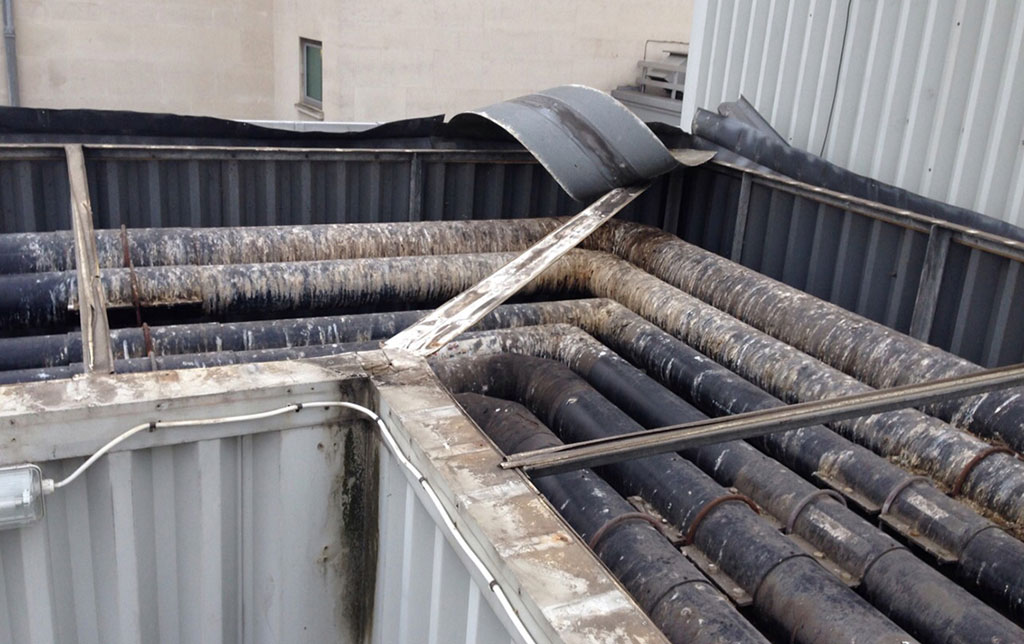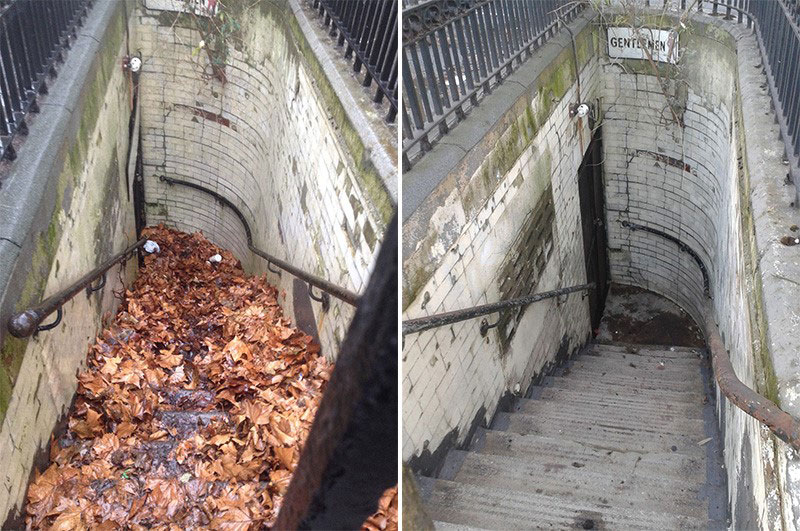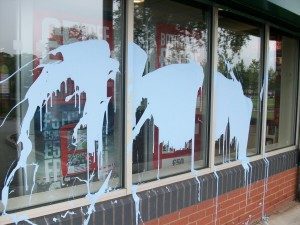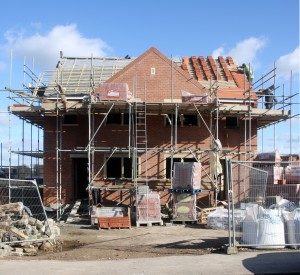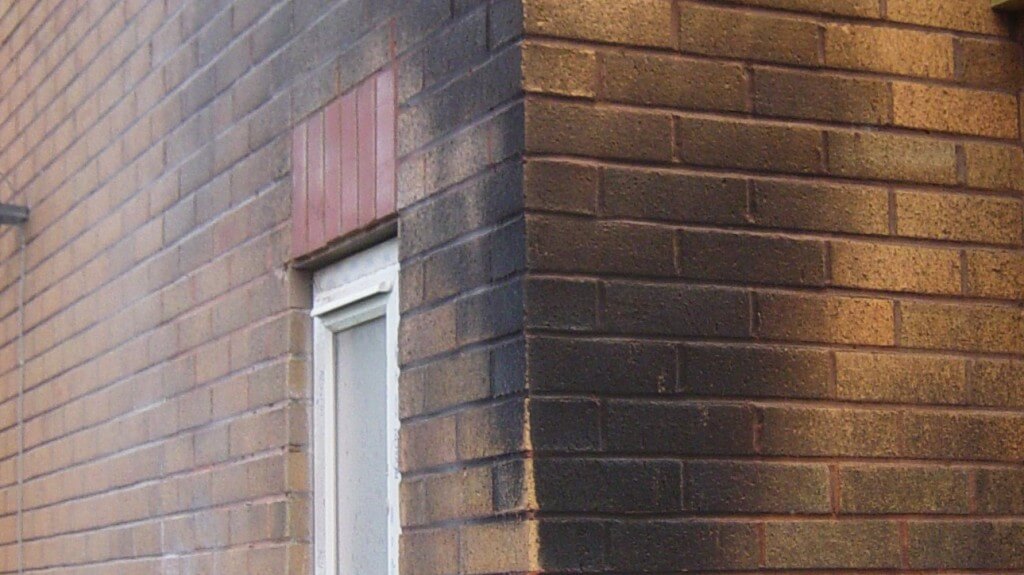Anti-slip floor testing is an important procedure to ensure that floor surfaces are suitably slip resistant for their application.
Slips and trips are the #1 cause of injury at work, so it’s important to do as much as possible to minimise the risk. This both helps to prevent injury and also safeguards against personal injury and liability claims against your business.
The Health and Safety Executive (HSE) outlines methods that can be used for slip risk assessments, and we’ve provided an overview of these approaches below.
Factors that contribute to slip potential
The Health and Safety Laboratory (HSL) has developed a slip potential model to identify the main factors that contribute to slips. These are broken into two categories based on whether the risk is caused by the floor conditions or a person’s actions.
Floor conditions:
- Floor material
- Cleaning
- Contamination
- Environment
Person’s actions:
- Use
- Behaviour
- Footwear
Anti-slip floor testing
The Workplace (Health, Safety and Welfare) Regulations 1992 require floors to be fit for purpose, in good condition and free from obstructions. It is therefore essential to do as much as you can to adhere to these regulations to allow people to move around safely.
Having a slip risk assessment carried out can help to alert you to any issues in your flooring, allowing you to proactively reduce the risk before an accident occurs.
There are two main tools for testing the slipperiness of floors: a pendulum, or a surface microroughness meter.
Pendulum method of slip risk assessment
The pendulum CoF test is HSE’s standard method to assess slip risk in both wet and dry conditions. While it is a very reliable test, it should be performed and analysed by an experienced professional to ensure accuracy.
It’s carried out by swinging an imitation heel over an area of flooring. The heel uses a standardised rubber sole to ensure consistent readings. The slipperiness of the floor is assessed by the values given by the pendulum test, indicating high, moderate and low slip potentials.
This test can be used on both flat and profiled floors, although the latter will require several tests in different directions. For testing of barefoot areas, a different type of rubber slider is required.
Surface microroughness method of slip risk assessment
The surface microroughness test is used to ascertain the slipperiness of surfaces in wet-contaminated conditions. It can also be used to monitor changes in floor surface, such as wear.
This test uses a handheld device to find the peak-to-valley measurements of the floor’s surface. Several measurements are taken at different points and the mean is used to define the overall surface roughness. This correlates to high, moderate or low slip potential for the surface when contaminated with water.
Surface microroughness is quick and easy to measure, and can be used alongside the pendulum method to provide a more thorough understanding of surface slipperiness. It can’t be used for carpet or very rough floors.
Anti-slip floor testing by CleanSafe
CleanSafe carry out anti-slip floor testing to assess the slip risk of your floors and ensure that your facilities are health and safety compliant.
We use the pendulum method, which is a very effective measure and used by the HSE during investigations and prosecutions.
To find out more about this service, take a look at our slip risk assessments page or get in touch.


